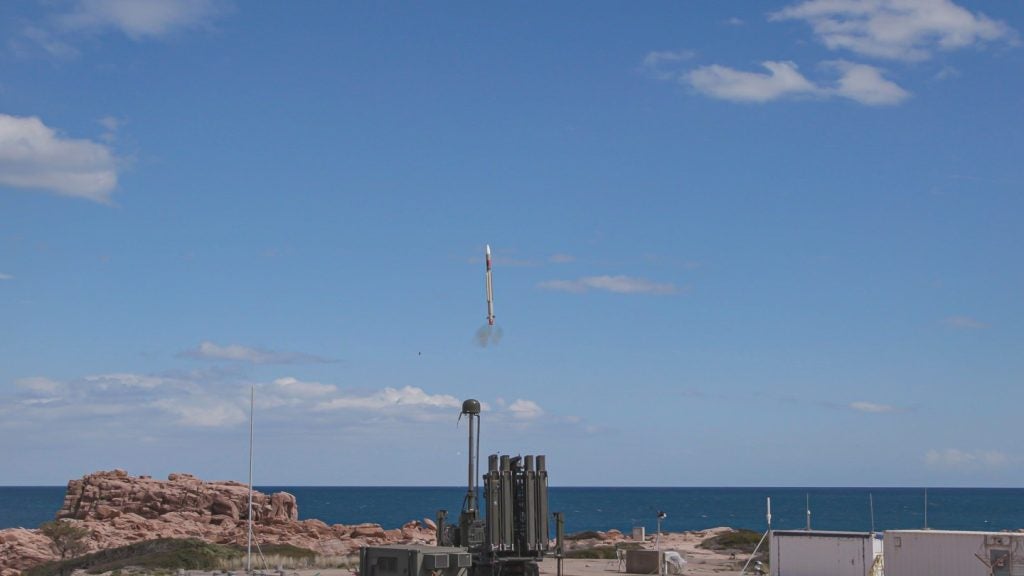As international tension reaches boiling point over Israel’s decision to go ahead with its offensive in Rafah, investigations have found that a specialist Israeli Defence Forces (IDF) unit has spent months targeting civilian housing across Gaza.
The 8219 Commando, an IDF combat engineering battalion, has demolished scores of housing, mosques and tunnels in the Palestinian territory, according to a recent report by Bellingcat.
Estimations show roughly 50% of Gaza’s buildings have been destroyed or damaged since Hamas’ 7 October attack and Israel’s subsequent bombardment. This includes more than 70,000 housing units, a key driver behind the displacement of 1.7 million Gazans.
IDF systematic attacks on civilian housing and infrastructure in Gaza are part of Israel’s controversial ‘buffer zone’ strategy: a 1km-wide ‘security belt’ of uninhabited land along the Israel-Palestine border.
The US has vocally opposed the ‘buffer zone’, while the UN has denounced it as a “possible war crime”.
Israel has so far been undeterred by UN criticism. But punishment from the US – such as President Biden’s decision to suspend a shipment of thousands of bombs to Tel Aviv yesterday (8 May) amid concern over Rafah – is likelier to make Prime Minister Benjamin Netanyahu pause.
Tracking the 8219 Commando’s movements
The 8219 Commando is a principal agent in Israel’s ‘buffer zone’.
Using social media and Planet Labs satellite imagery to geolocate each image or video, Bellingcat’s investigation tracked 8219’s demolitions across Gaza.
A tour video from 8219 Commando claims that in 84 days of fighting they destroyed 49 tunnels and 662 buildings. @scrippsnews.bsky.social interviewed 8219 member Jason Segal, who said “I think we are the unit, at least until we left, that blew up the most amount of houses in Gaza.”
— Bellingcat (@bellingcat.com) Apr 29, 2024 at 7:20 AM
It is also based on the 8219 Captain’s war diary. He wrote, for instance, that on 19 November his crew found rockets and a UAV at one location in Gaza City, as reported by Times of Israel at that time. The Captain did not explain why this discovery required the demolition of at least 34 multistorey residential housing blocks.
8219 also demolished multiple residential tower blocks adjacent to Al Quds hospital in Gaza City’s Tel al-Hawa neighbourhood between 20 and 23 November.
From 10 to 15 December, the battalion repeatedly targeted Al-Islah mosque. One of 8219’s soldiers claimed that “every house, mosque and school has been used here for terror purposes – either as a place for terrorists, an explosives warehouse or a military base” in an Instagram post depicting the mosque being prepared for demolition.
The neighbourhood surrounding Al-Islah also took heavy bombardment in the following months.
At the request of a separate unit, 8219 then relocated from north Gaza to Khuza’a, a town southeast of Khan Younis.
Under a different chain of command, the unit began demolition operations in Khuza’a and Khirbat Ikhza’a in late December and continued into early January.
“We’ve become addicted to explosions”, the Captain wrote in a post on 28 December.
Both towns are very close to the border with Israel. Before (2 December) and after (16 January) satellite pictures from the report show a complete decimation of the area.
The Bellingcat report identified 8219’s final demolition in mid-January. The unit hit the southern city of Khan Yunis with more than 300 mines, according to a Facebook post from the Captain.
In 84 days of fighting, the commando unit claimed to have destroyed 49 tunnels and 662 buildings. 8219 member Yonatan Segal said, “I think we are the unit, at least until we left, that blew up the most amount of houses in Gaza”.
"Act of genocide"?
Despite glorifying their use of explosives on social media, 8219 and other IDF units’ targeted demolitions have faced international condemnation.
Professor Balakrishnan Rajagopal, the UN’s special rapporteur on the right to adequate housing, has described the IDF attacks on Gazan housing as “domicide”.
“In the absence of military justification, such destruction should then be explained by political justifications including a desire to either eliminate the people of Gaza in full or in part, or make the place uninhabitable, which are acts of genocide,” Rajagopal tells Army Technology. “Or it has to be explained by the political goal of ethnic cleansing which aims to transfer control over Gaza to Israel permanently which will be a blatant territorial grab, a gross violation of international law.”
However, it is worth noting that “‘domicide’ is not a legal term for the purposes of international law”, according to Brian Finucane, a Senior Advisor at International Crisis Group.
“That said, many of the structures that Israel is targeting or demolishing in Gaza (not limited to homes), are not obviously military objectives which could be lawfully attacked”, Finucane tells Army Technology. “Attacking civilian objects is a war crime. As is the wanton destruction of property not justified by military necessity.”
Land-grabbing is an issue which still cuts deep for Israelis and Palestinians. In 1917, the Balfour Declaration saw the British promised to establish “a national home for the Jewish people”.
This led to the partition of Palestine into an Arab state and Jewish state – voted for by the UN – and official creation of the Israeli state in 1948, in part to accommodate the mass migration of Jewish Holocaust survivors.
Israel’s victory in the subsequent Arab-Israeli War resulted in the displacement of 750,000 Palestinians. In the 1967 Six-Day War, Israel annexed East Jerusalem, expelling a further half a million Palestinians, and has controlled the area ever since.
Sixty years and numerous clashes on, the ongoing conflict has already displaced 1.7 million people.
Attention is now fixed on Israel’s offensive in Rafah, where Rajagopal says it is “highly likely” the IDF will use the same housing demolition tactics as in the rest of Gaza.















